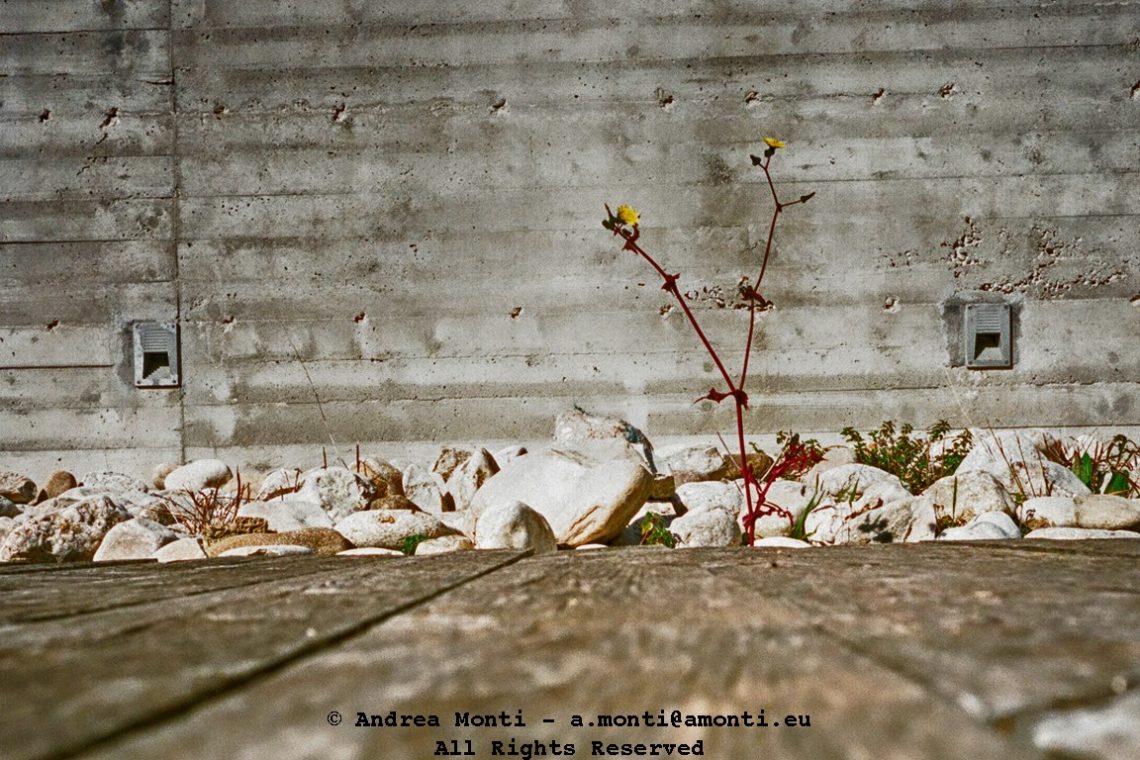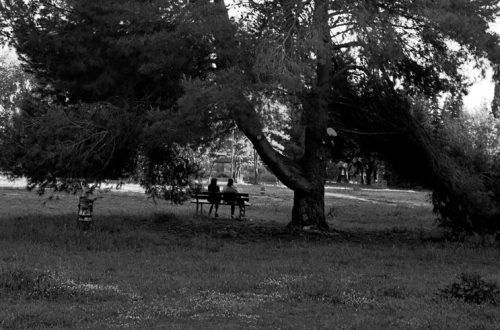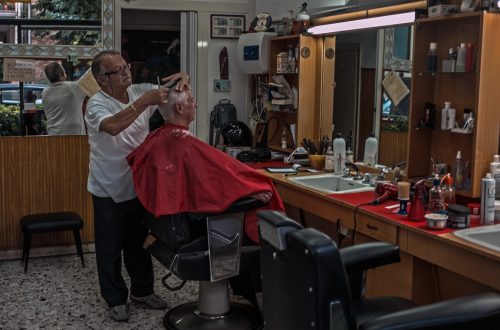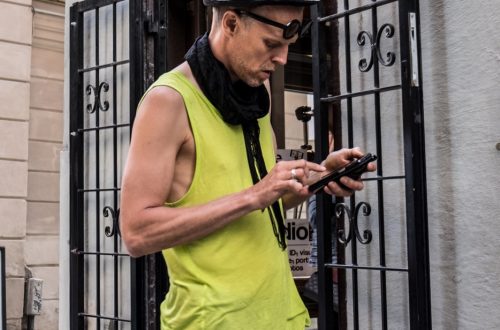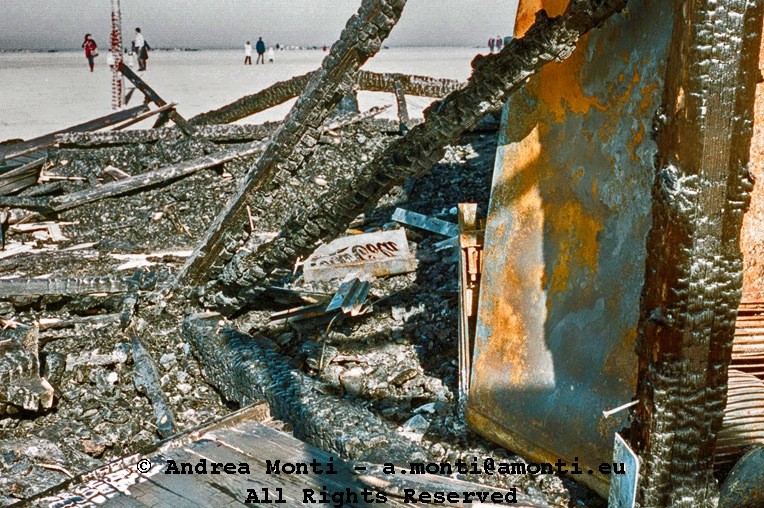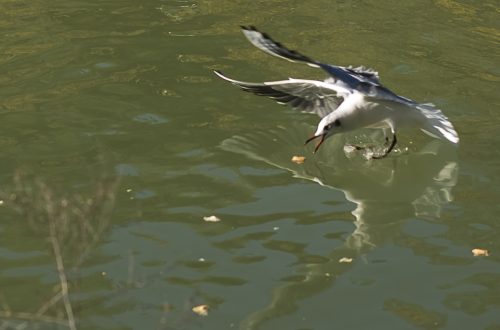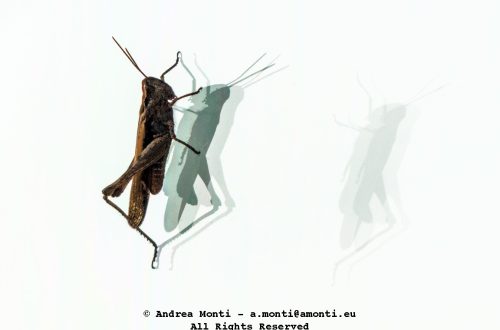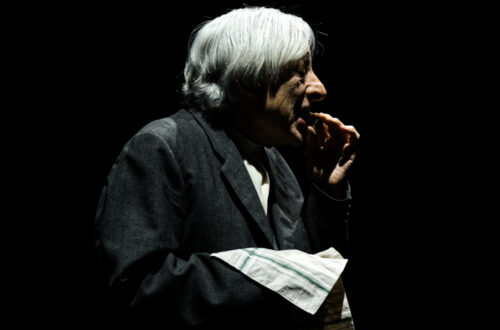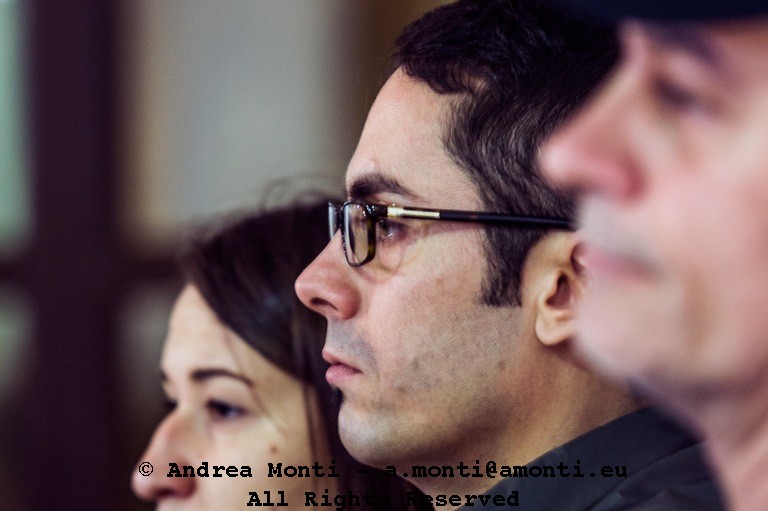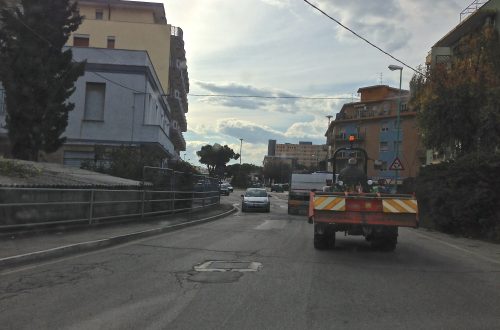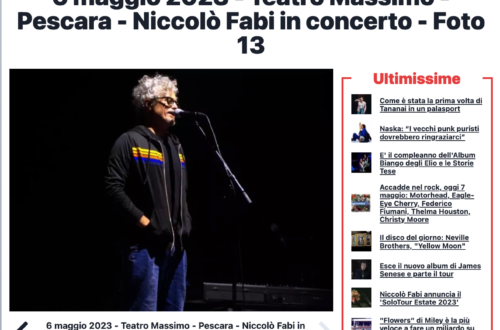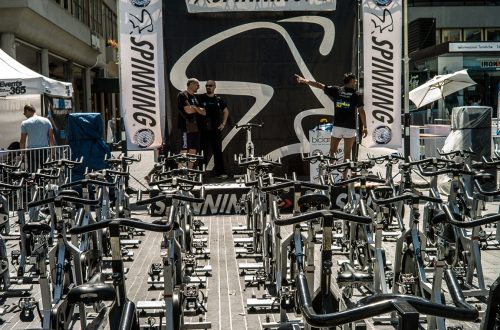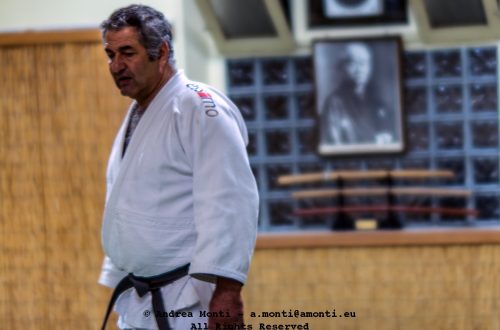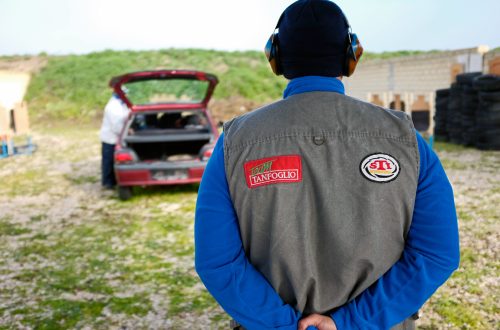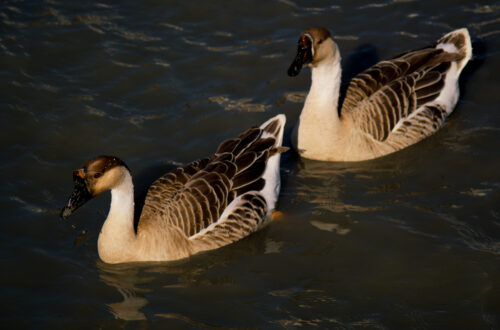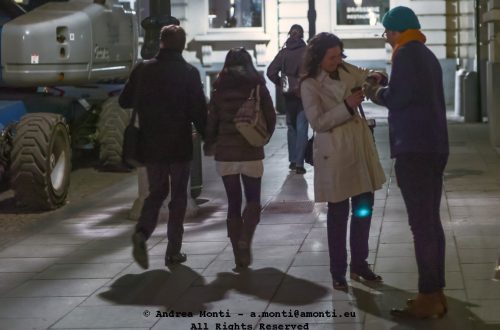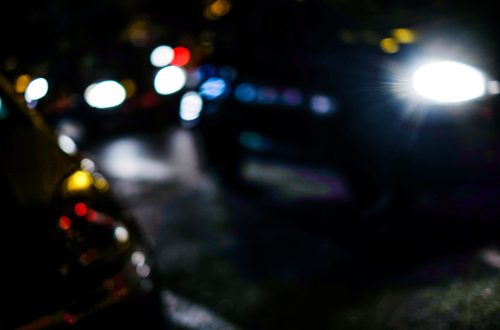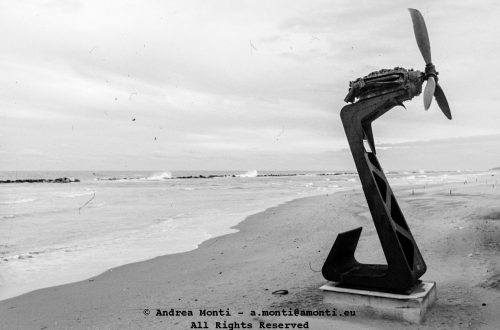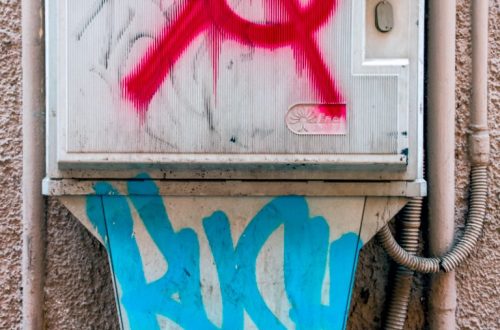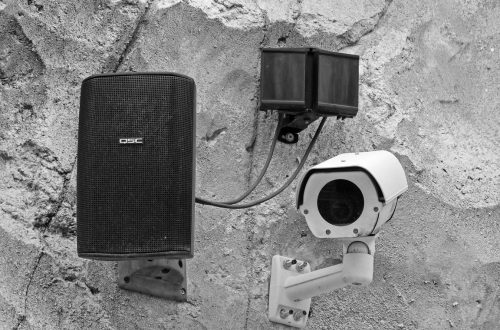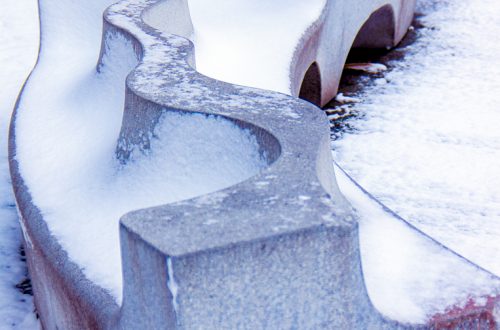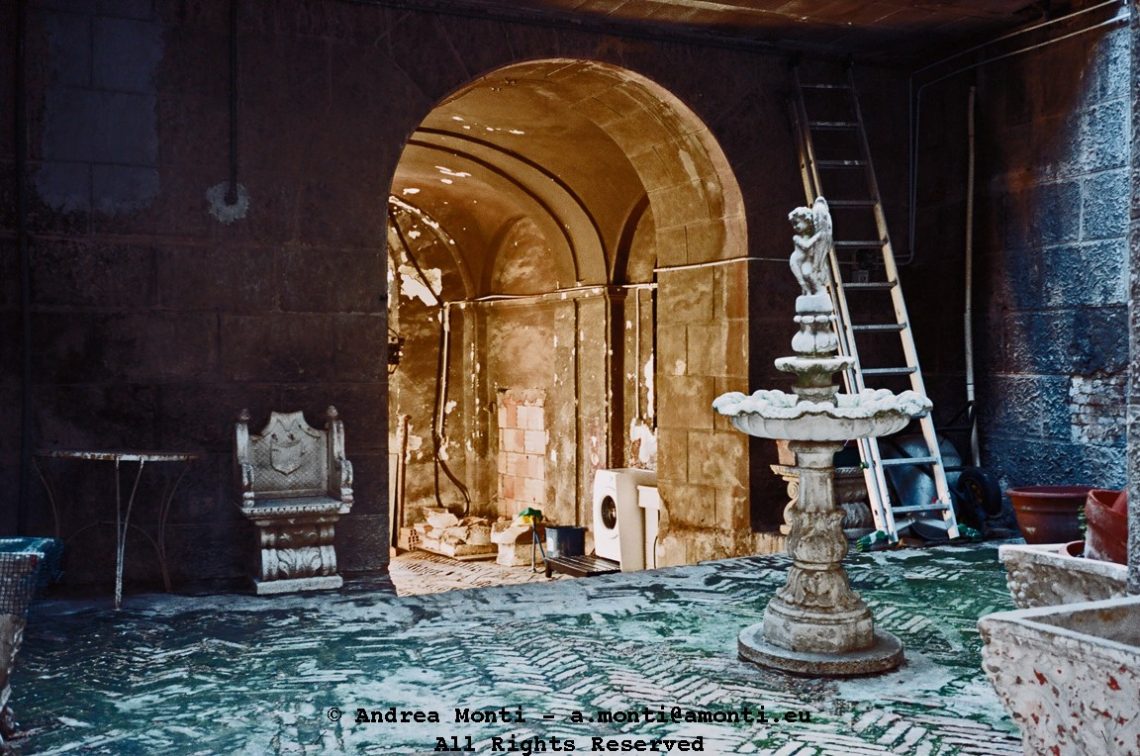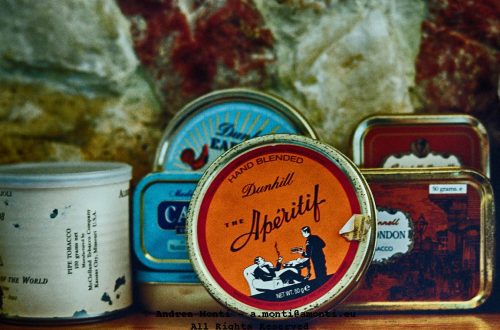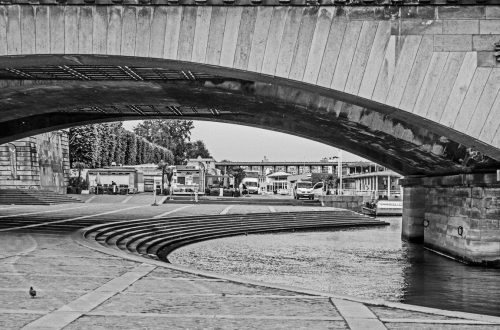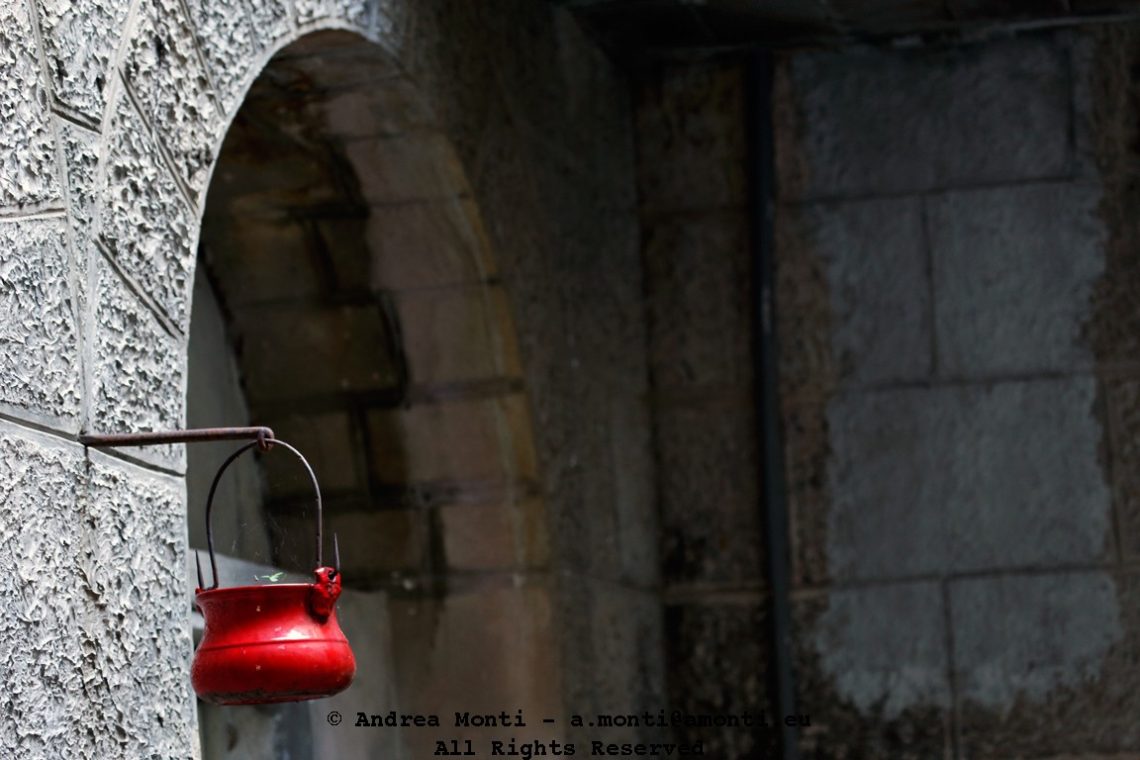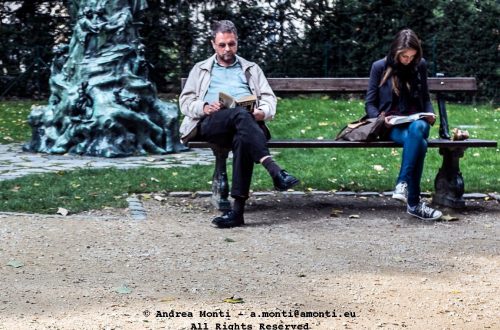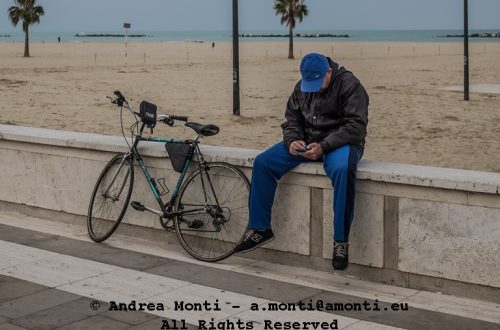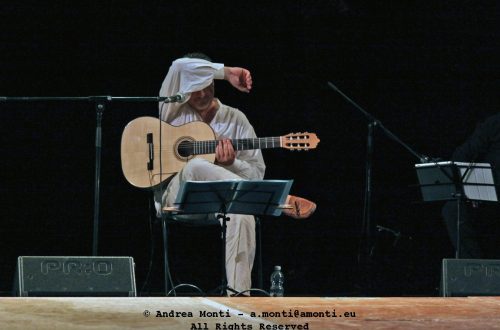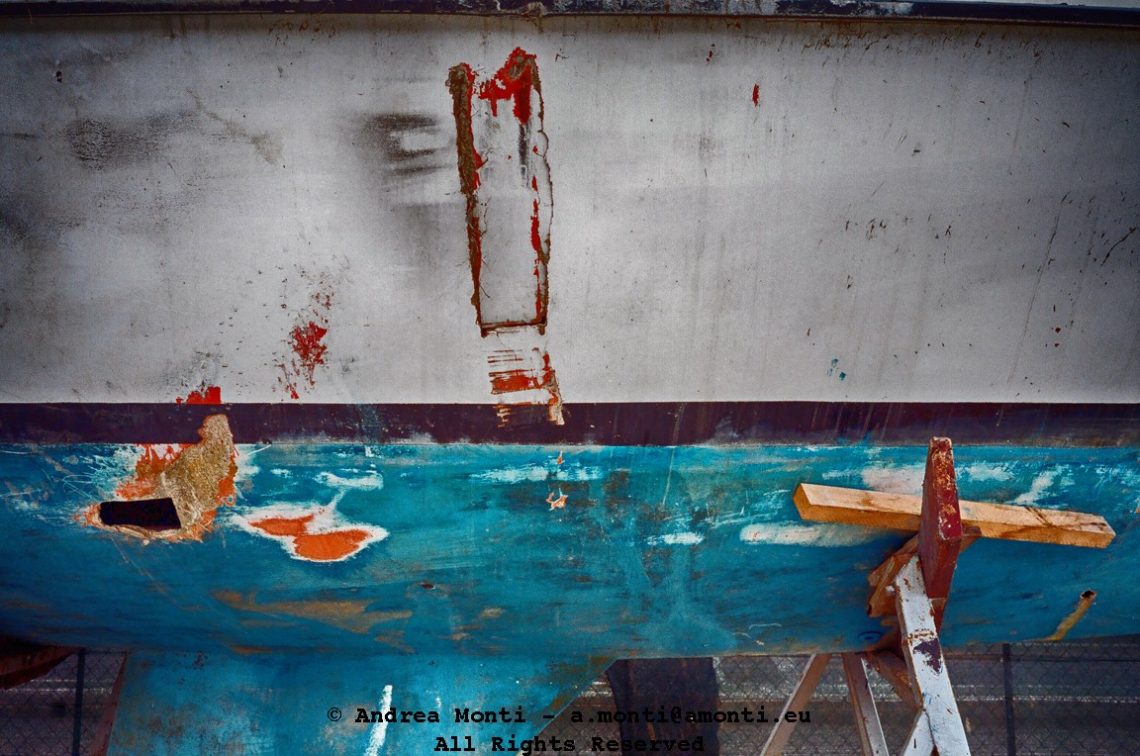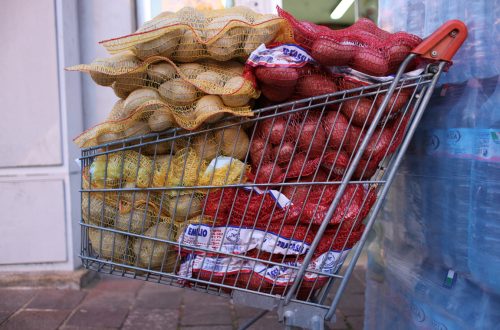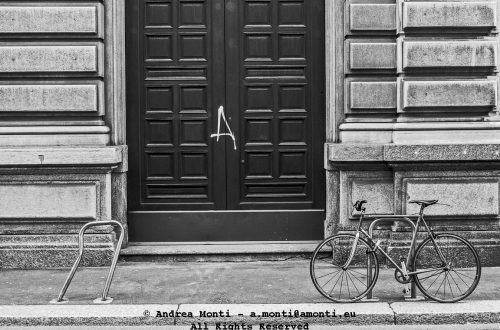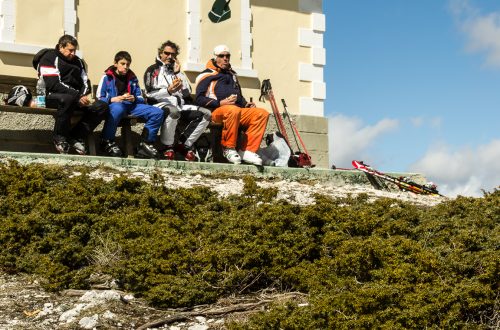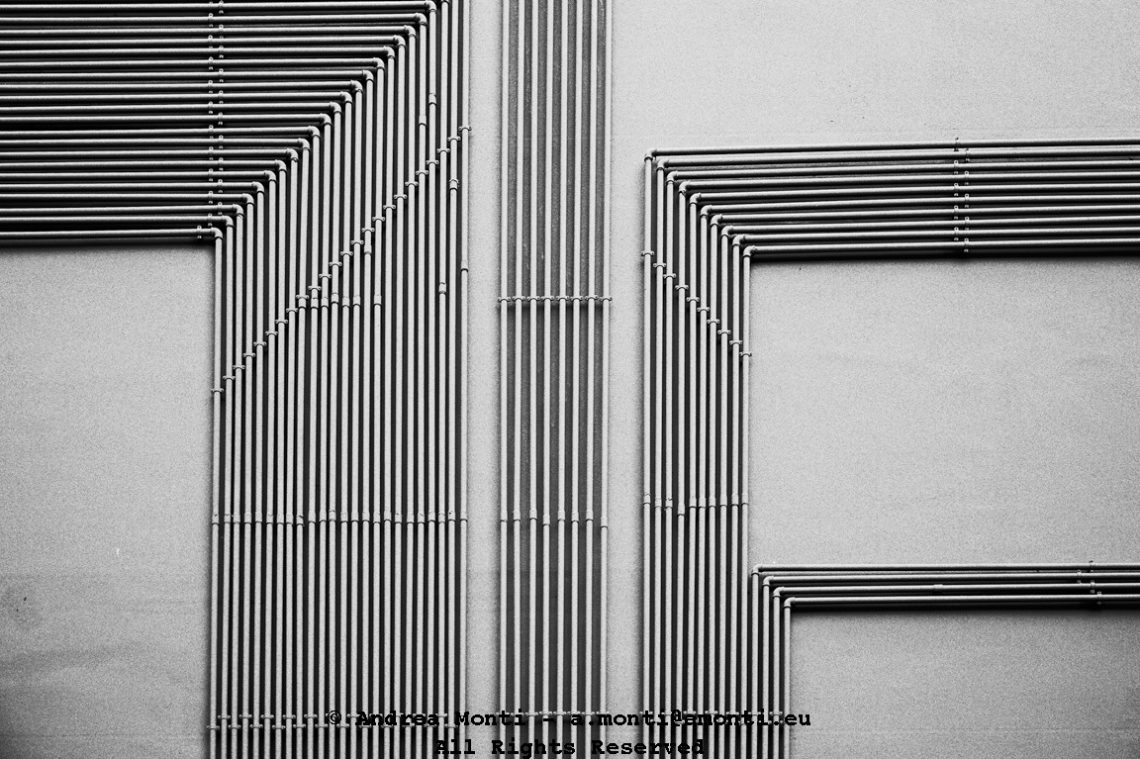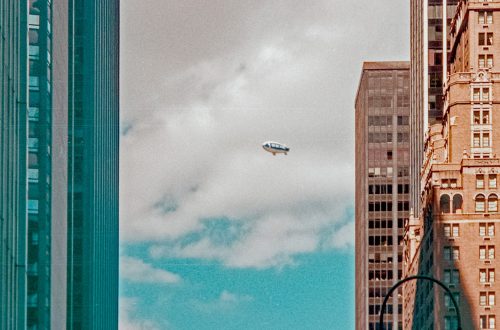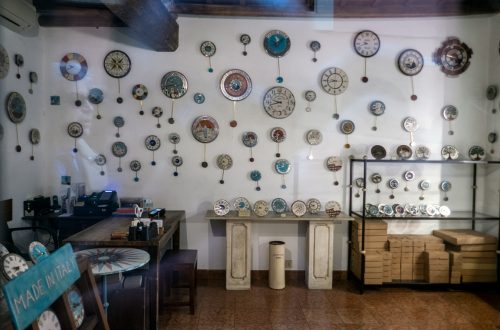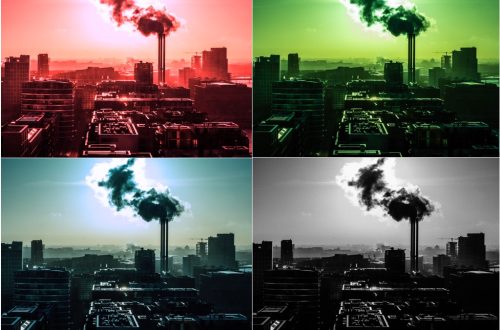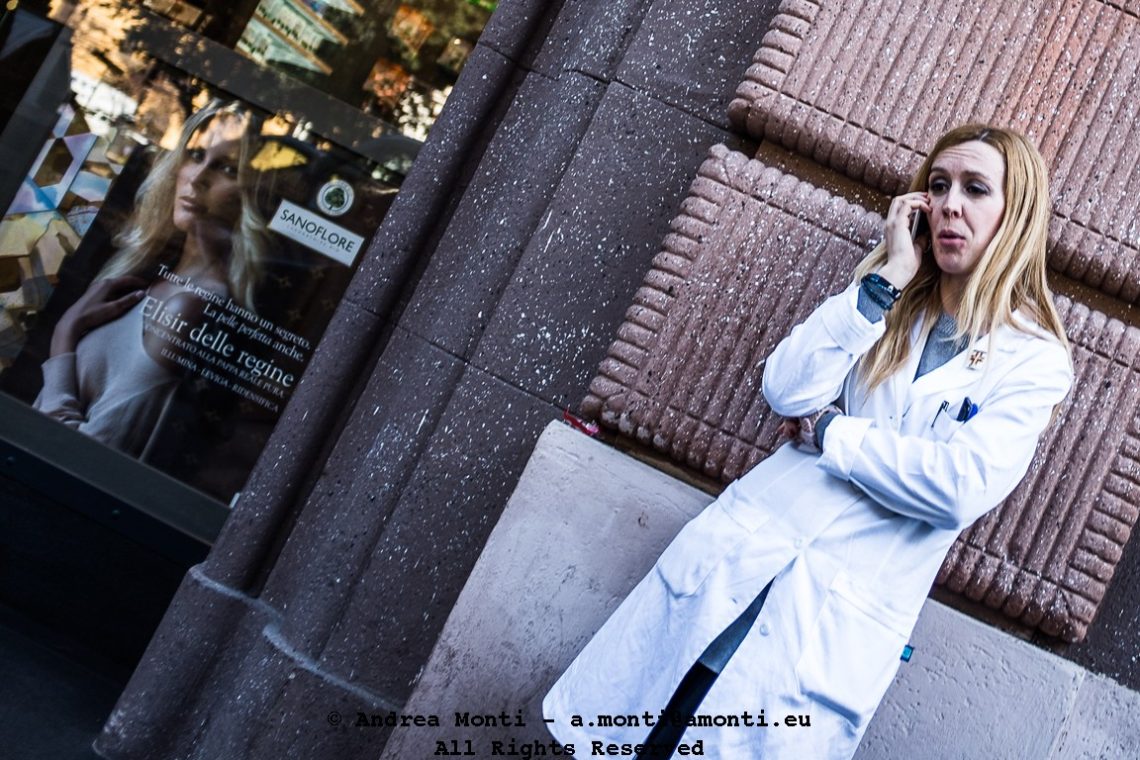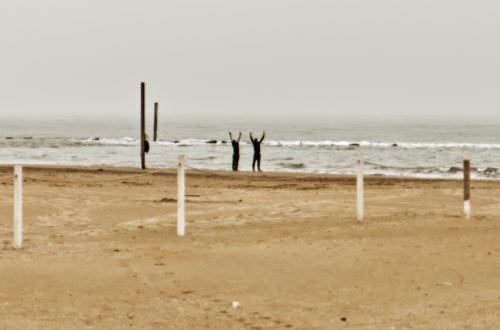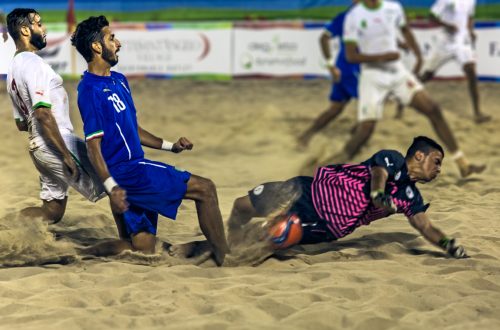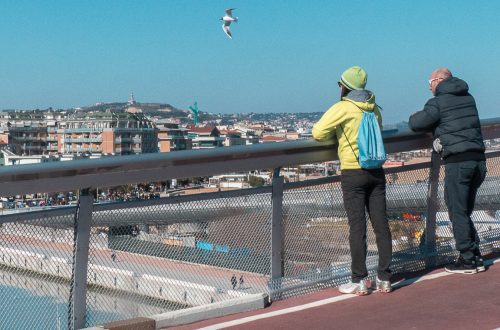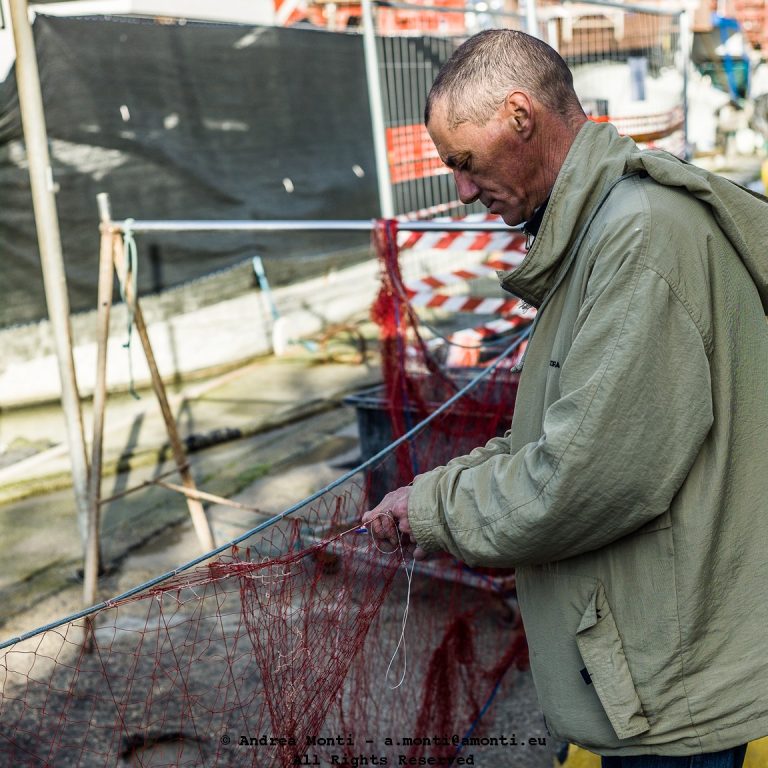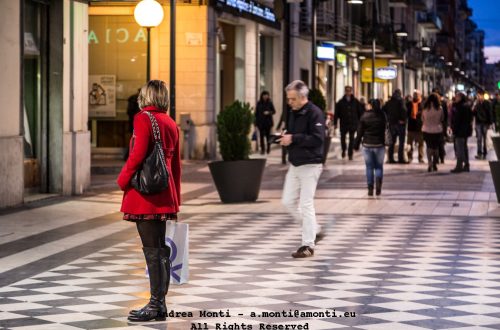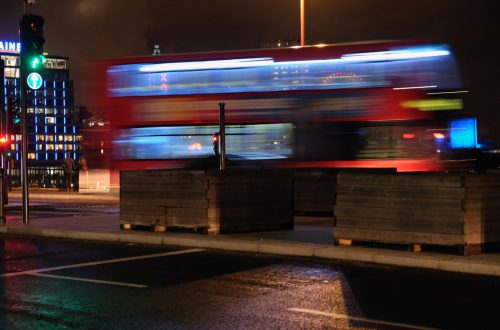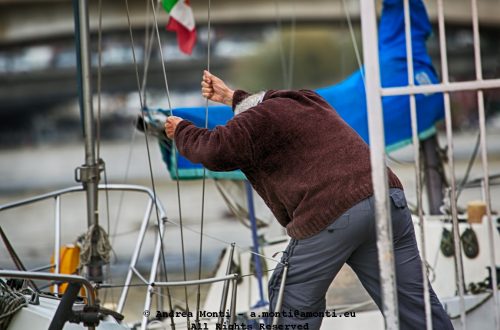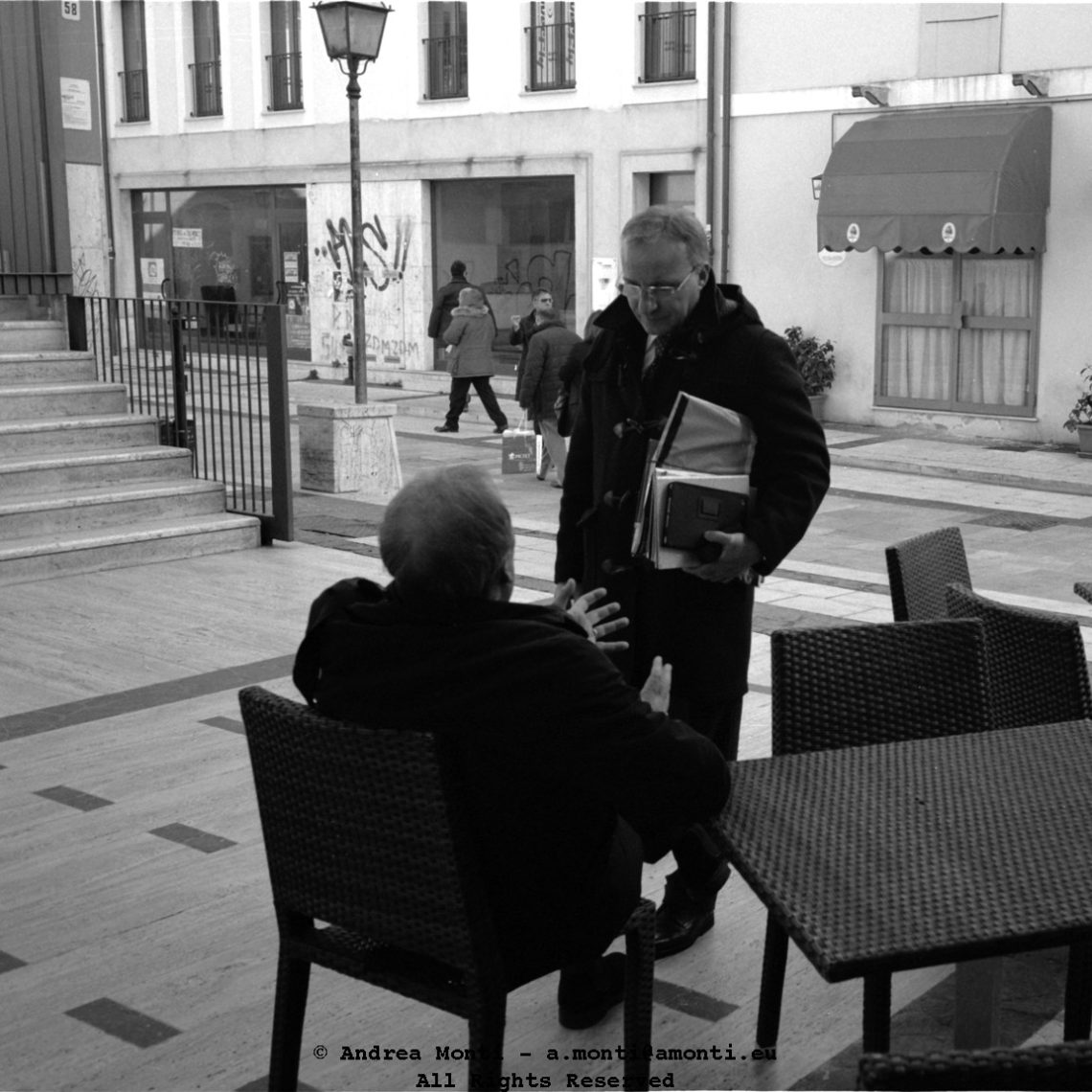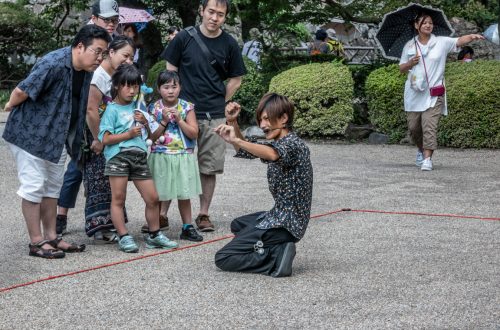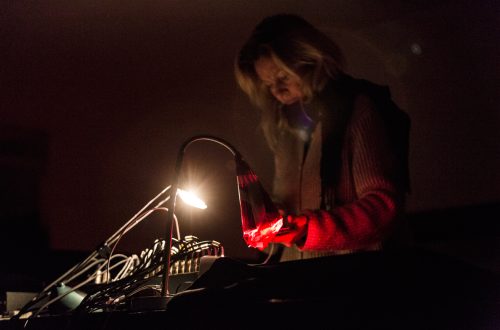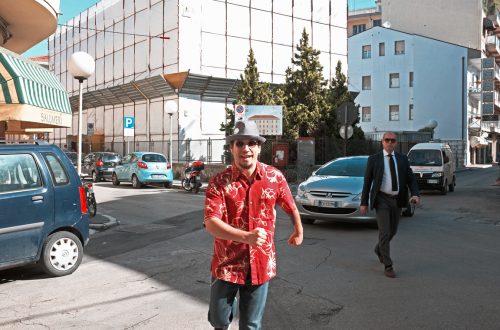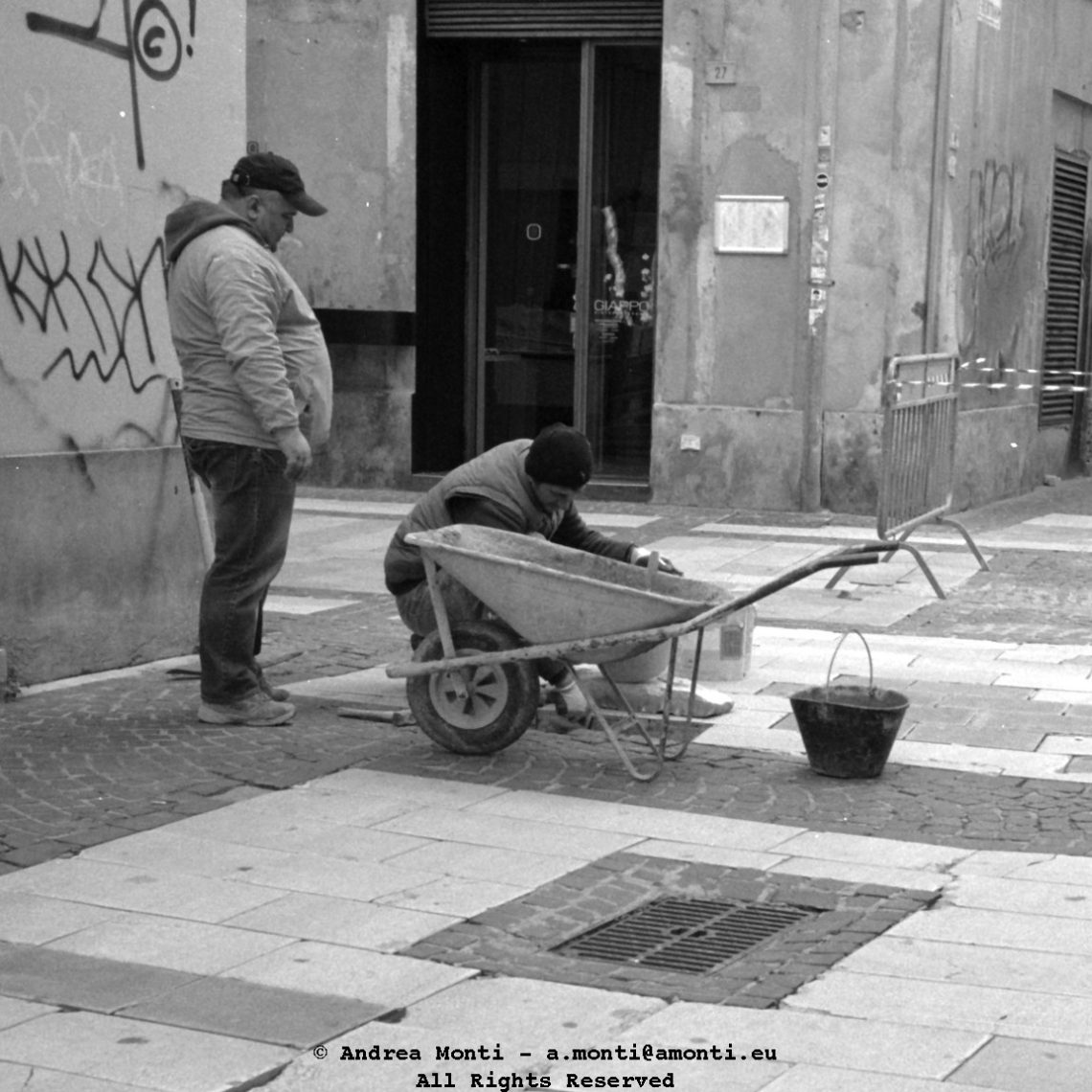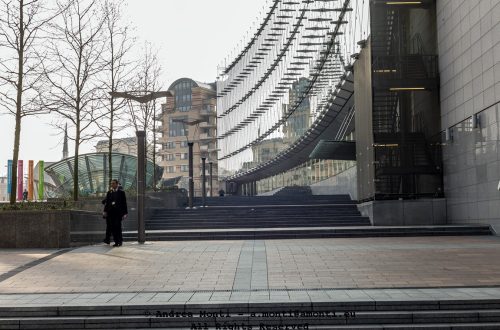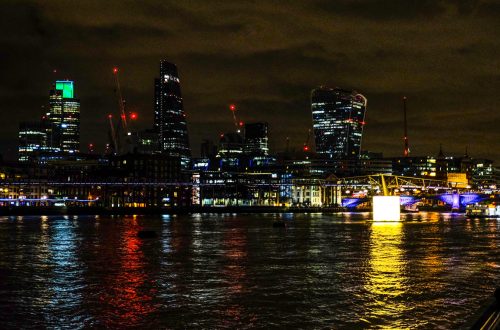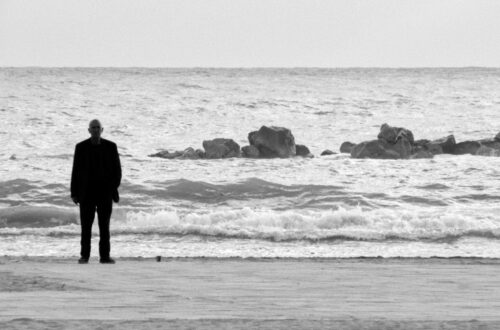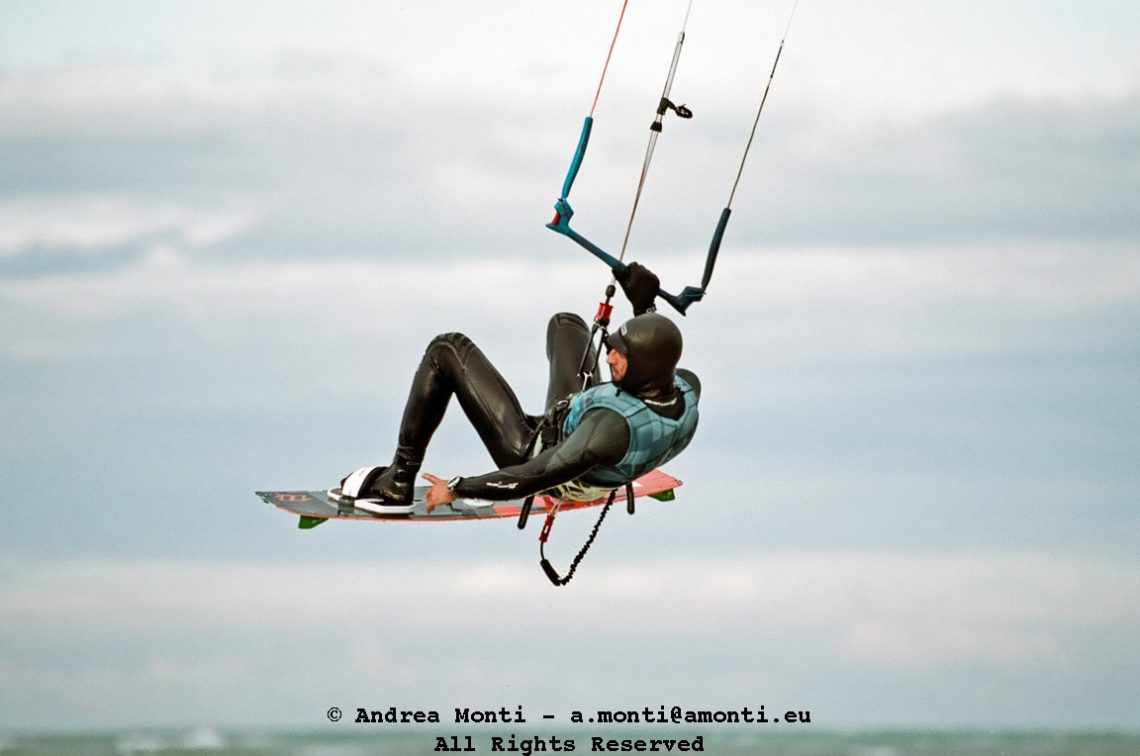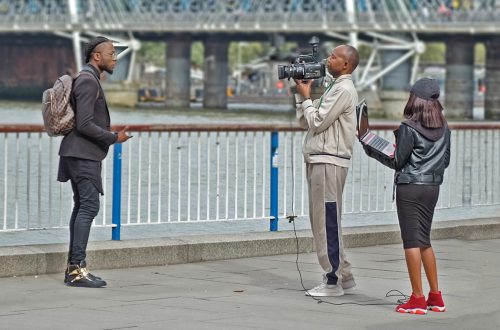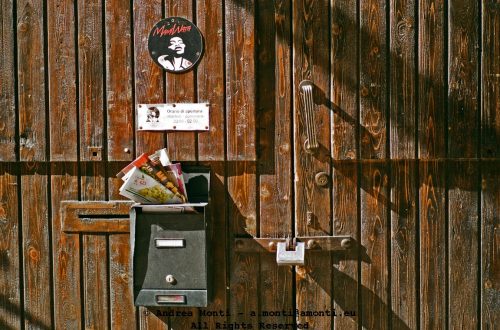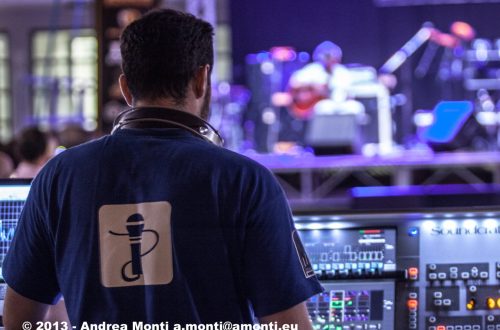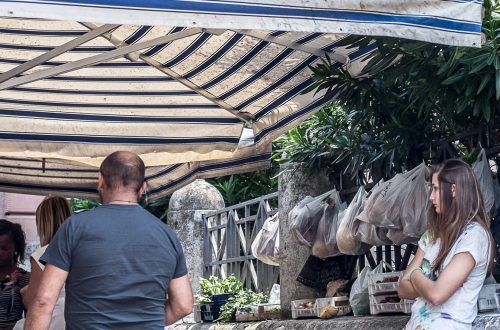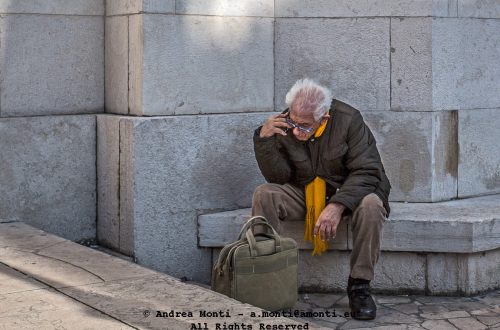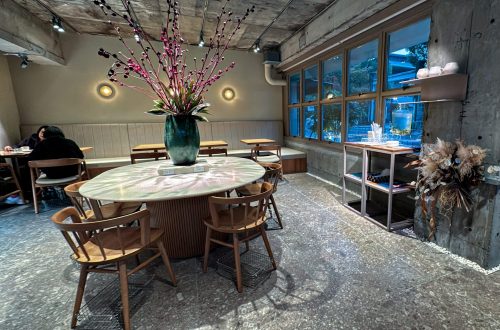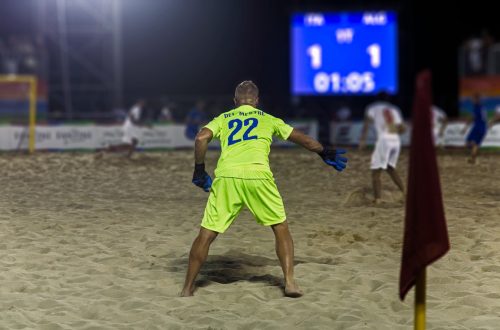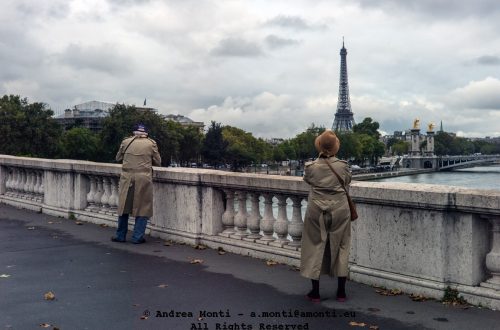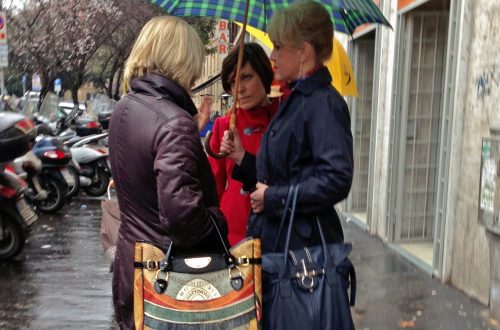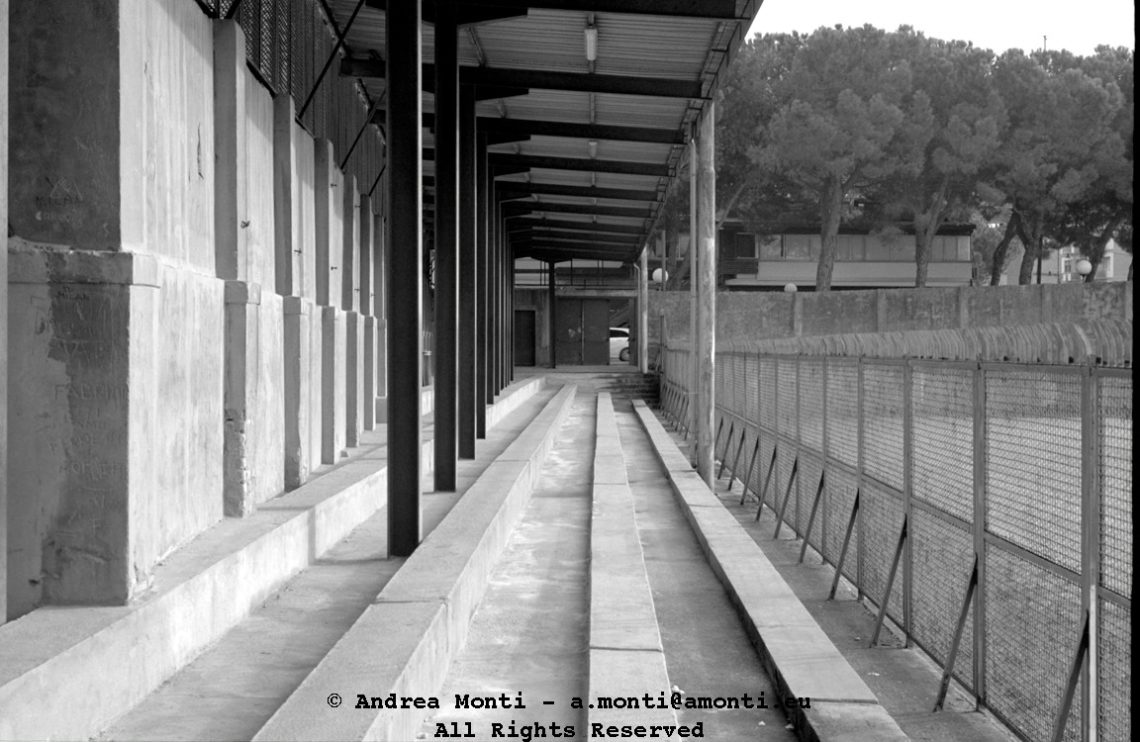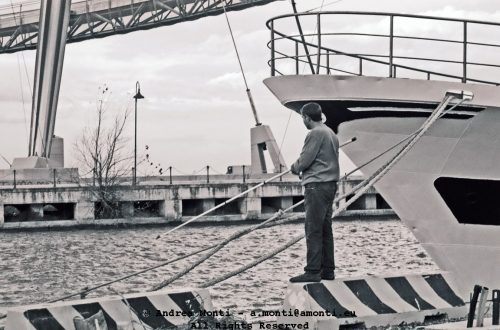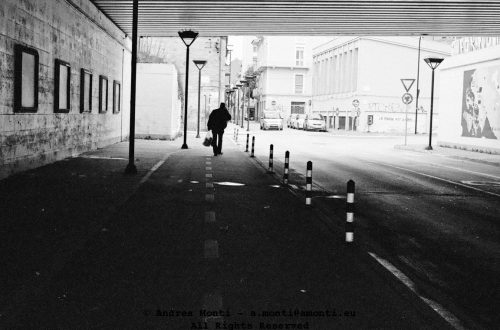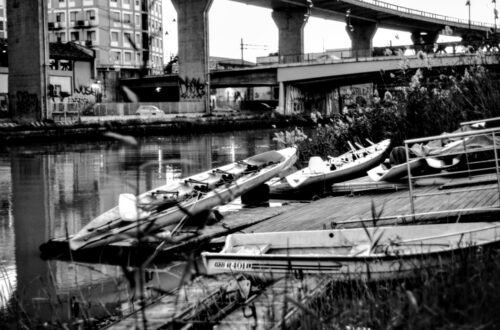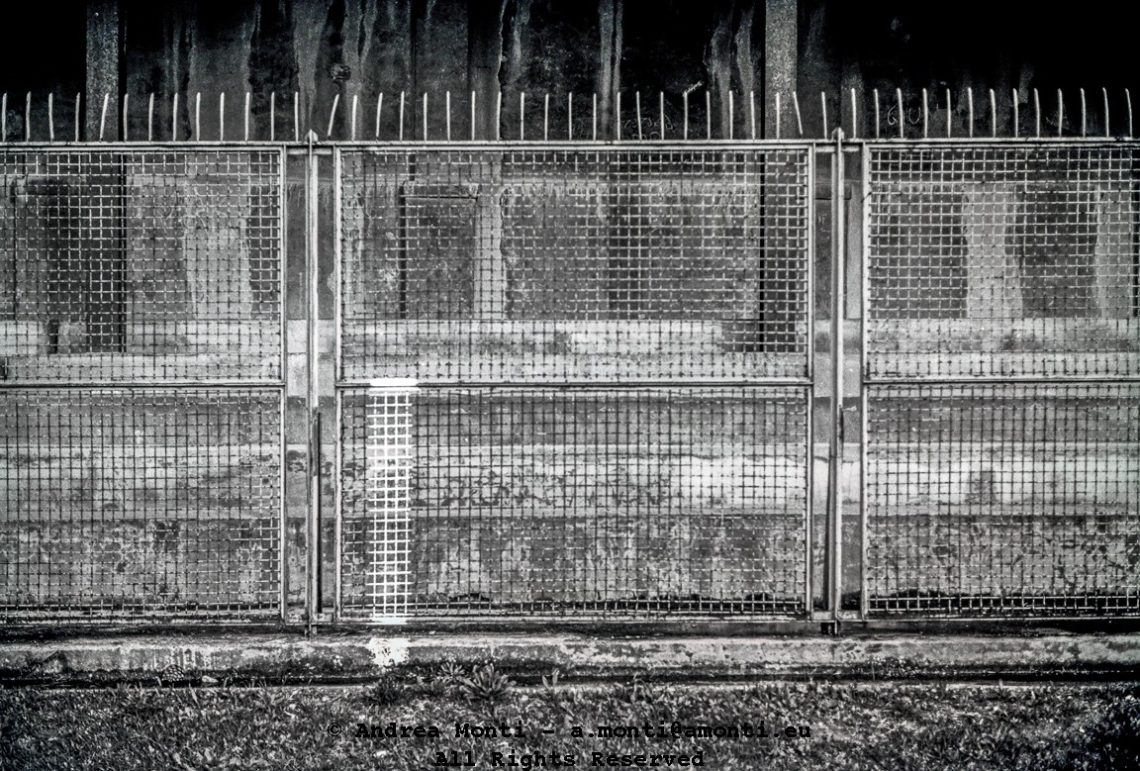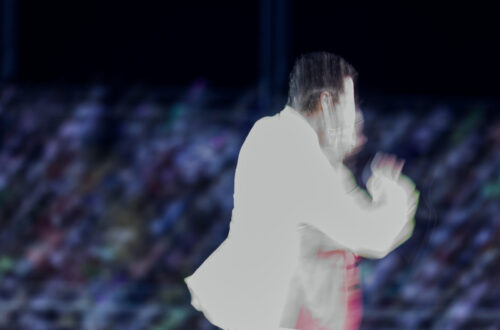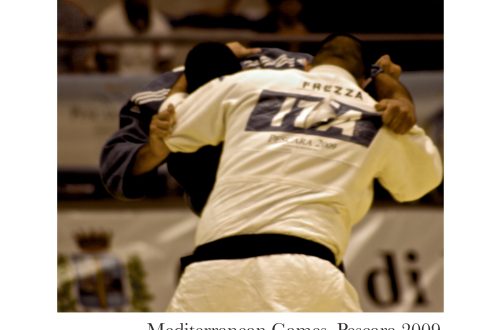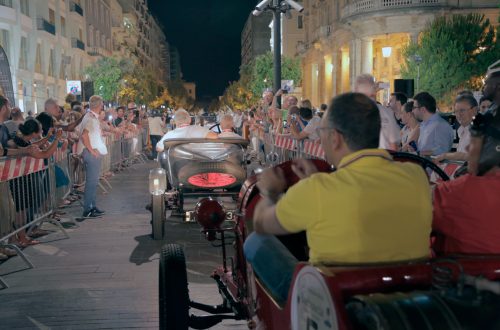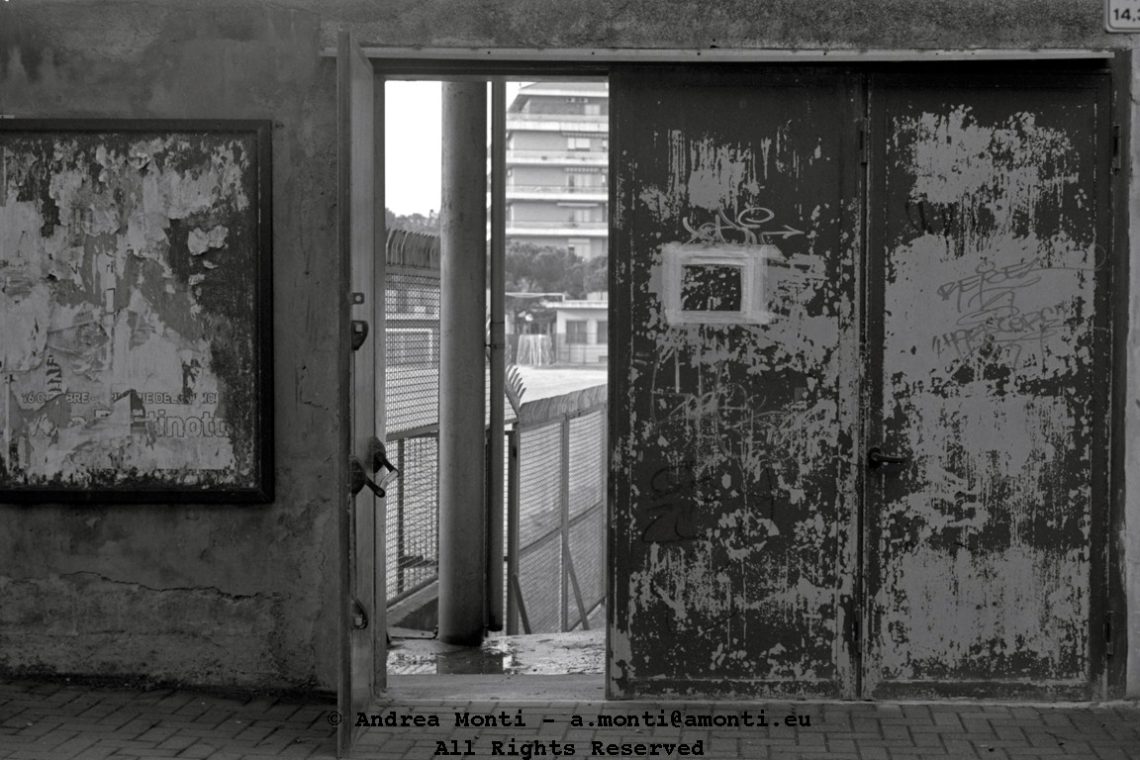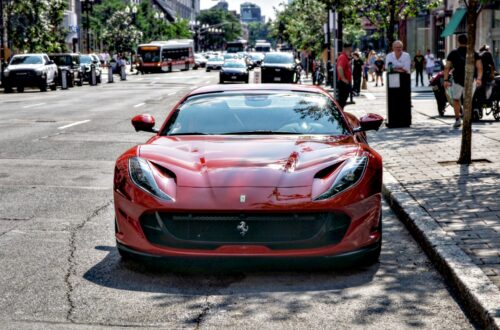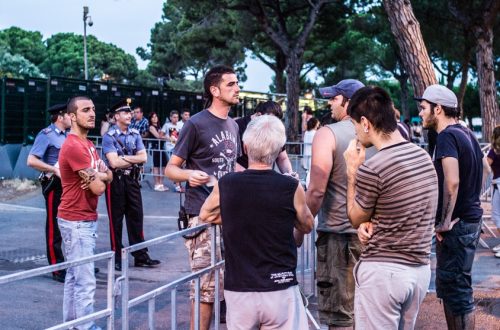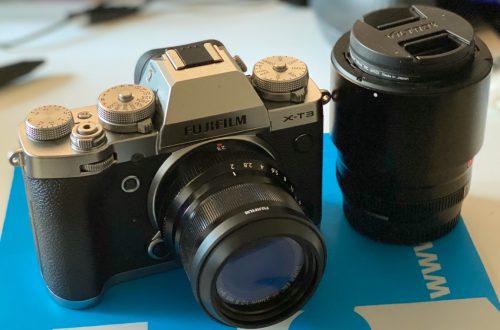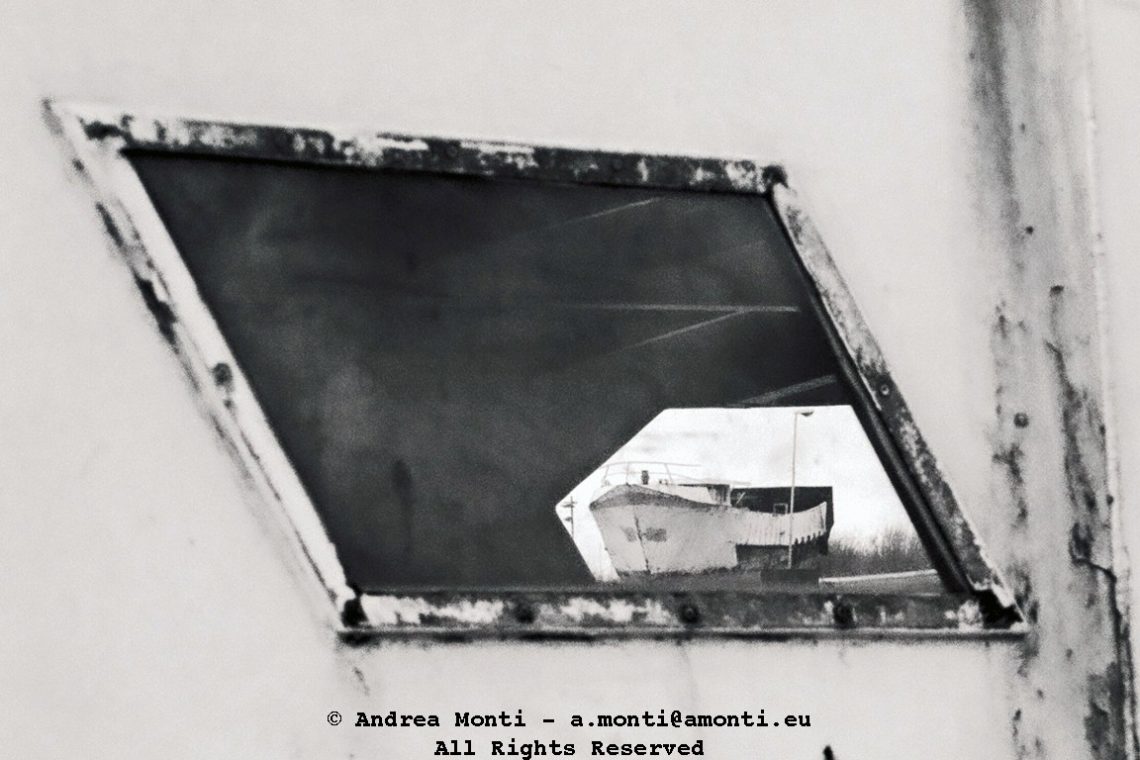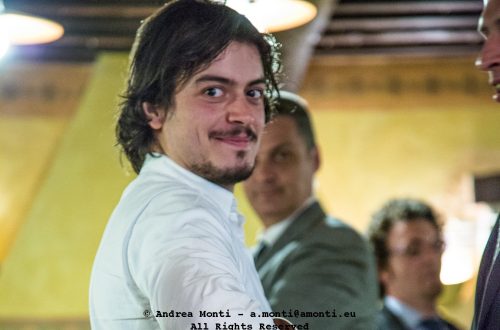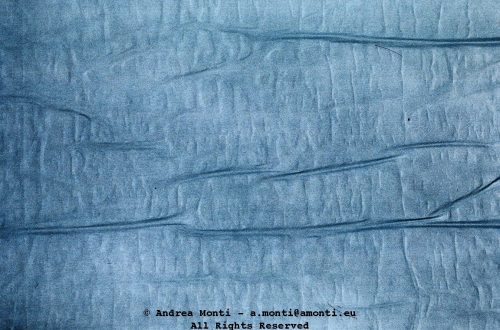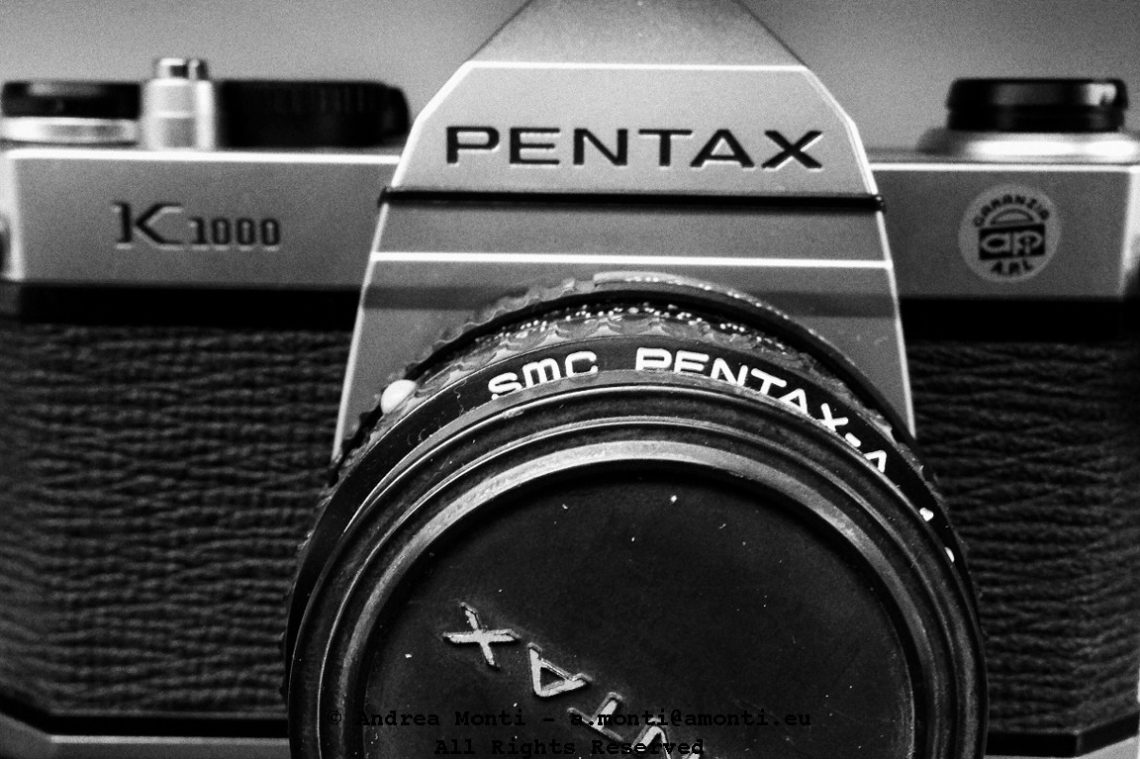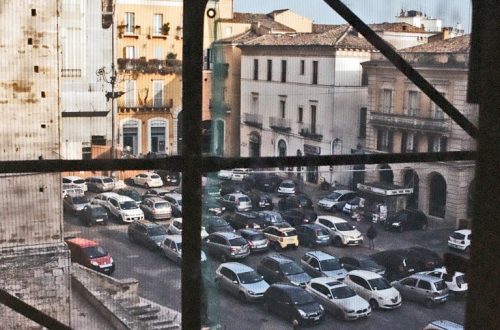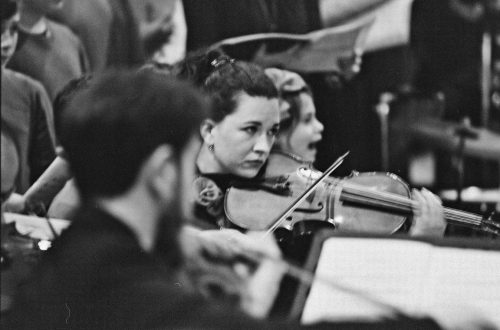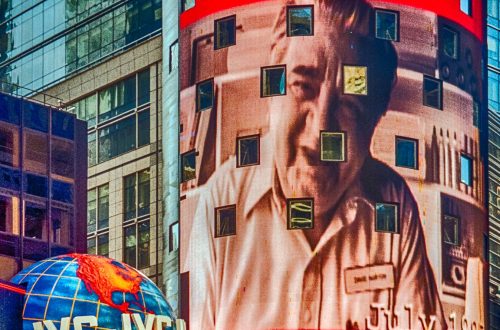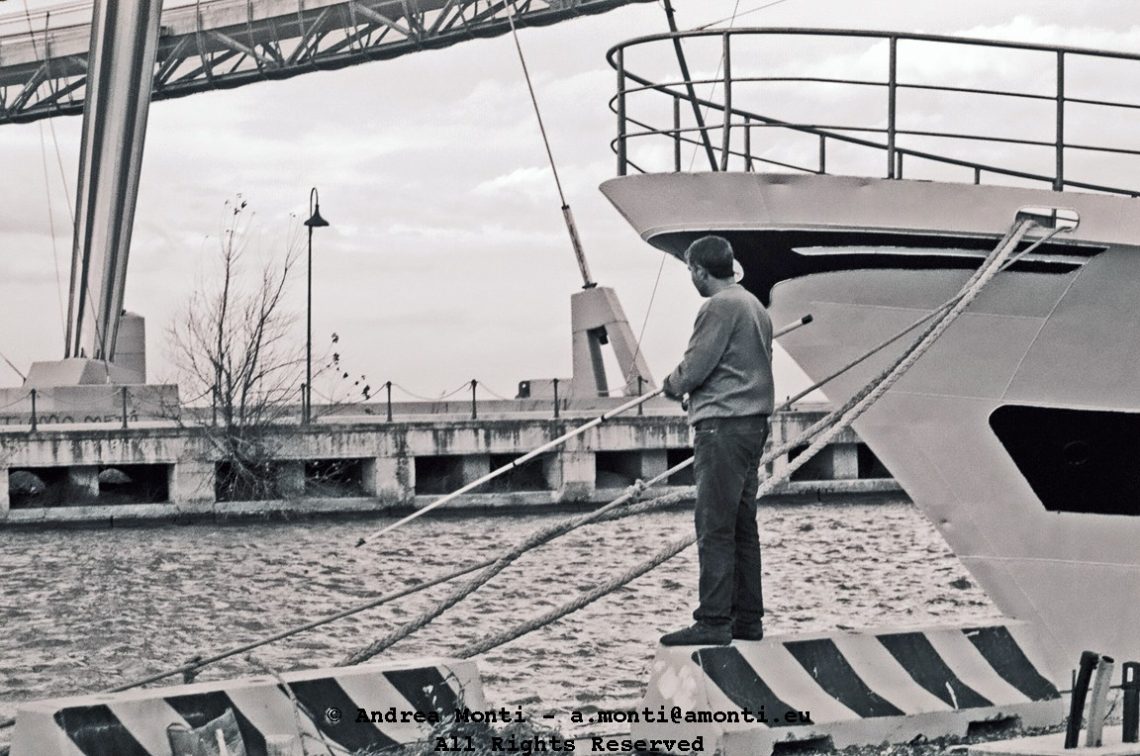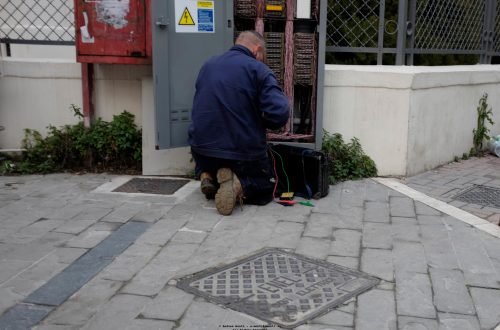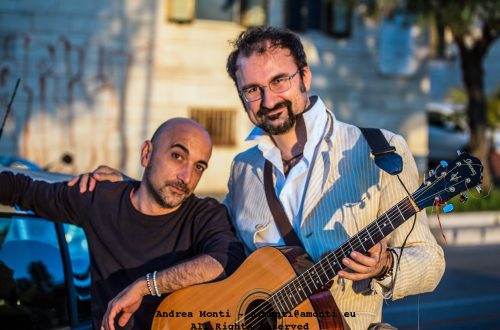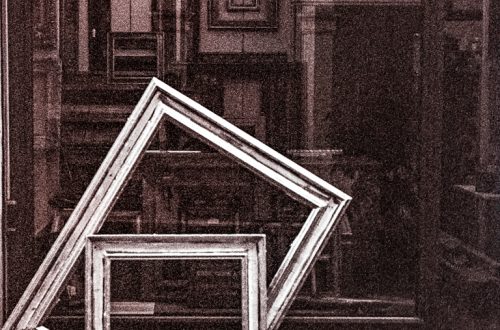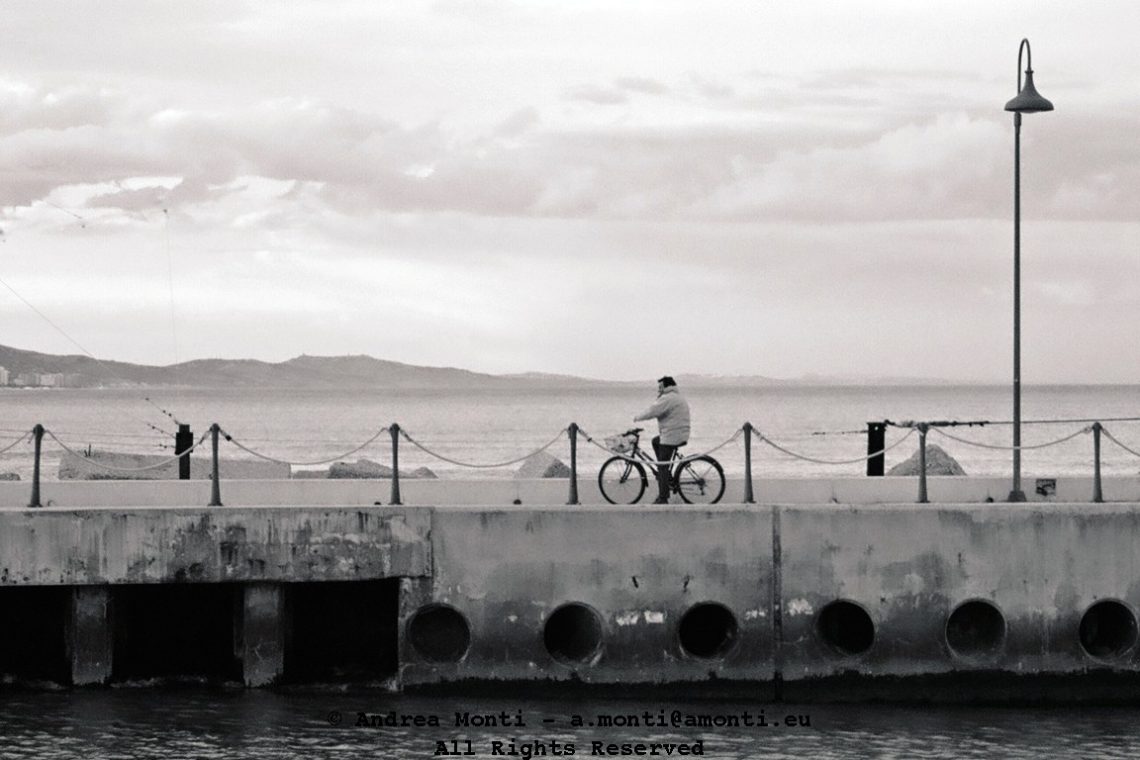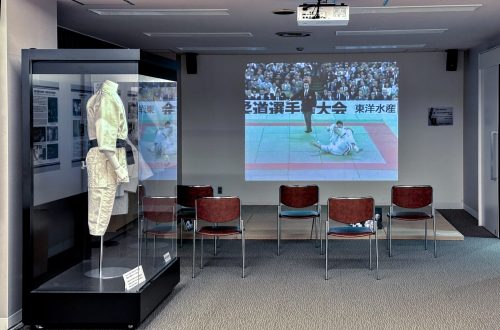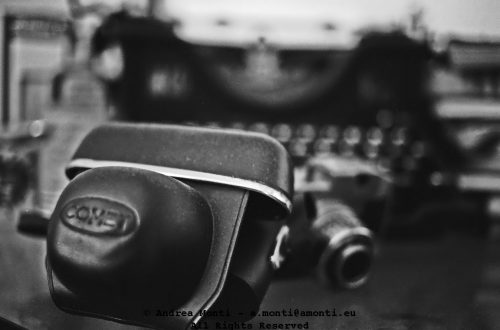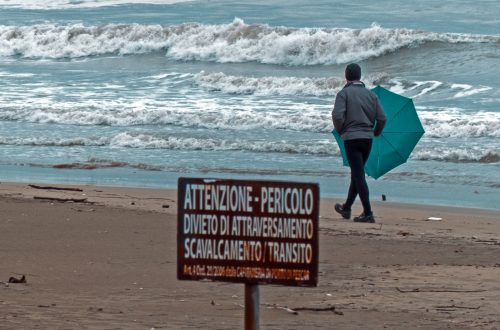-
A Zen Garden?
Not very, actually…
-
The Arson
The wind had carried the scent long before I arrived—burnt resin, iron oxide, the telltale acridity of ash cooling under morning sun. What was once structure and story was now a cinder pile, framed awkwardly by two still-standing beams like broken arms. I didn’t need to ask what happened. I just raised the camera. This photograph leans into disorder. The eye stumbles across charred planks, twisted metal, and a scorched panel half-folded in retreat. It’s not elegant, and I didn’t want it to be. The strength of the frame lies in its refusal to sanitise. Destruction is inherently chaotic; presenting it neatly would be a betrayal of what it is.…
-
Audience
In photographing an audience, the temptation is often to go wide — to show the collective body, the sea of faces, the shared focus. Here, I chose the opposite: a tight, side-on profile of three individuals, all absorbed in what unfolds beyond the frame. The decision to compress the moment into this narrow slice has the effect of isolating their concentration, making it almost tangible. The focal point rests squarely on the man in the centre. His expression is unreadable yet engaged, his glasses catching just enough light to reveal his eyes without introducing glare. The woman to his left, partially hidden, offers a second layer of depth, while the…
-
Singers
There is a quiet intensity in photographing performers in the middle of their art—particularly when that art requires stillness before the sound. Singers captures two members of a choir mid-performance inside a church, their faces carrying the gravitas of the moment. The solemnity of their expressions suggests that the music here is not mere entertainment but a deeply felt act. From a compositional standpoint, the frame is tightly cropped, focusing our attention squarely on the two central figures. This proximity invites the viewer to study their facial expressions, the texture of their hair, the fine details of their formal attire. The man on the left, with his distinctive mane of…
-
Hanging Clothes Waiting to Dry
I made this photograph on a terrace overlooking the valley, where the most ordinary of domestic acts — laundry drying in the sun — becomes unexpectedly theatrical. The line of garments stretches across the frame, their irregular shapes and colours set against the vast blue expanse of the background. The rural landscape below, softened by distance and haze, contrasts with the immediacy of cotton, wool, and synthetic fabric caught in the breeze. From a technical standpoint, the image is driven by colour and contrast. The saturation is high, which intensifies the reds, purples, and greens of the clothing and the terracotta of the terrace. Against the cool, almost painterly tones…
-
The Abused Balcony
The irony here was too sharp to ignore. A fascist-era building , clad in travertine and brick, declares in Latin: Ave, dulce vatis flumen — Ave, vetus orbis nomen. “Hail, sweet river of the poet — Hail, ancient name of the world.” Above, the symbols of empire; below, a tangle of satellite dishes, like mechanical flowers craning toward the global signal. The architecture aims for eternity, the technology changes with every billing cycle. I framed this head-on, symmetry unbroken, letting the building’s own monumentality dictate the geometry. The composition rests on that tension — history and broadcast, stone and plastic, rhetoric and reception. The Latin inscription begs for permanence. The…
-
Inside a Lost Building
-
A Red Floating Crate
This was one of those photographs that almost didn’t happen. I walked past the red pot twice before realising what caught my eye wasn’t just its colour, but its suspension—hanging alone against a heavy, over-textured wall, oddly weightless. It looked like it shouldn’t be there. It looked like it shouldn’t stay. The light was low and indirect, which helped. A stronger contrast would’ve killed the subtlety of the textures. Instead, the stone’s relief held together—old, porous, grimy—but still distinct. The soft light allowed the red to vibrate just enough to isolate it from the grey-brown backdrop without turning it into a gimmick. Framing was tight. I didn’t want to include…
-
Wrecked Hull
There’s something oddly compelling about the scars of a boat out of the water. Without the softening shimmer of the sea, the hull stands exposed — every scratch, blister, and patch telling a story of its time afloat. When I came across this one, propped up on its stand, the colours struck me first: the chalky off-white giving way to the battered turquoise, with angry flashes of red oxide bleeding through like old wounds reopening. I framed it tight, keeping the top and bottom of the hull cropped to remove any distraction from the shapes and textures. The horizontal divide of colour became my anchor, with the wooden prop jutting…
-
Pipeline
While walking past this building, I noticed how the conduit layout on the wall resembled a kind of industrial score—lines and pauses, rhythms and patterns. Not an installation, not a sculpture, just a highly structured solution to a very practical problem. The moment I saw it, I knew the camera had to do nothing more than document with precision. The photograph is as straightforward as its subject. I shot it head-on to avoid distortion, aligning the sensor with the wall surface as squarely as possible. The frame is divided into two visual planes—the dense column of vertical and diagonal pipes on the left, and the open, linear turns on the…
-
A Relaxed Call
-
The Fisherman’s Knots
In an age of automation, efficiency, and scale, this image restores dignity to the gesture of the hand. The photograph captures a fisherman absorbed in the ancient ritual of mending his net—a task as old as seafaring itself. His fingers, calloused and sure, draw thread through mesh with the concentration of a craftsman rather than a labourer. There is no sea in sight, only scaffolding, plastic tape, and the anonymous infrastructure of a modern dock. Yet this contrast only strengthens the narrative: amid industrial noise, a human persists in doing things slowly, correctly, traditionally. The net becomes more than a tool—it is sustenance, memory, continuity. Every knot ties past to…
-
Small Talk
-
Hard Worker
-
Blowin in the Wind
Hopefully, he shouldn’t fall on the ground…
-
Countersniping
The lens meets a lens. Framed by rusted beams and peeling walls, the photographer at the centre of the image takes aim with his camera, returning the gaze. The graffiti around him, the fire extinguisher sign, the rough concrete surfaces, all belong to a decayed environment, yet the act of photographing transforms it into theatre. It becomes a duel of sightlines—one click against another. Composition directs attention without ambiguity. The eye is pulled straight to the figure at the back, the camera lens perfectly aligned to confront the viewer. The foreground, with its blurred metal structures, creates a visual crosshair. This layering enforces the theme of surveillance, ambush, and reciprocity.…
-
So long and thank you for the fish
Well, this is not exactly the Restaurant at the End of the Universe — but you get the idea. The scene is a working dock, somewhere between the last haul of the day and the quiet moment before the boat heads out again. A fisherman, clad in yellow waterproofs, stands mid-task, surrounded by crates of glistening nets and freshly caught fish. The deck of the boat, the worn concrete, the splashes of green and red from the gear — it’s a palette that speaks of utility rather than design. The composition benefits from the elevated vantage point. Shooting from above flattens the scene into a graphic arrangement of lines, textures,…
-
Just a soccer field… Part 3
-
Just a soccer field… Part 2
-
Just a Soccer Field… Part 1
Just a soccer field… the only place where freedom lasts, but just for the time of a match.
-
In-Eye
Photography has a curious way of leading the mind into patterns — an instinctive search for meaning, even when none exists. We are hardwired to interpret shapes and juxtapositions, to anthropomorphise objects, to find faces in clouds and stories in shadows. This image is one such case: a seemingly simple shot of a ship seen through a weathered window, yet the geometry conspires to suggest something far more figurative. Here, the diamond-shaped porthole becomes an eyelid, its corroded frame the brow, and beyond it, the bow of the ship forms an unmistakable iris and pupil. It’s a quiet trick of composition — one I noticed only after the fact —…
-
The Google Experiment
The usual note: I don’t write about gear. But this time I want to do an experiment inspired by the consequences of having the post about Street Photography and Italian Law bounced by Adam Marelli and Luminous-Landscape. Since these two websites channeled my post around the world, the access to (other parts too of) my blog – mostly unknown, previously – steady increased. I’m far from saying that I’ve reached an “audience”, nevertheless this blog is gaining its space among the zillions of pictures that live on the Internet. And it is “quality” space, meaning that visitors (you’re always welcome, folks!) find something of interest by looking at my pictures…
-
Good Idea
… bad execution. The shot would have been acceptable if the head of the fisherman had the sky as a background instead of the bow.
-
Against the Tide
There’s a stillness in this frame that caught me before I even thought about the technical side. A lone figure on a bicycle, paused at the edge of the pier, framed by the unbroken horizon and the muted textures of concrete and water. The light is soft, almost hesitant — no harsh shadows, no dazzling highlights — as if the scene itself wanted to remain understated. I worked to keep the composition balanced but not too neat. The lamp post on the right anchors the image without overpowering it, while the figure sits almost at the centre, enough to draw the eye but still letting the expanse of sea and…
